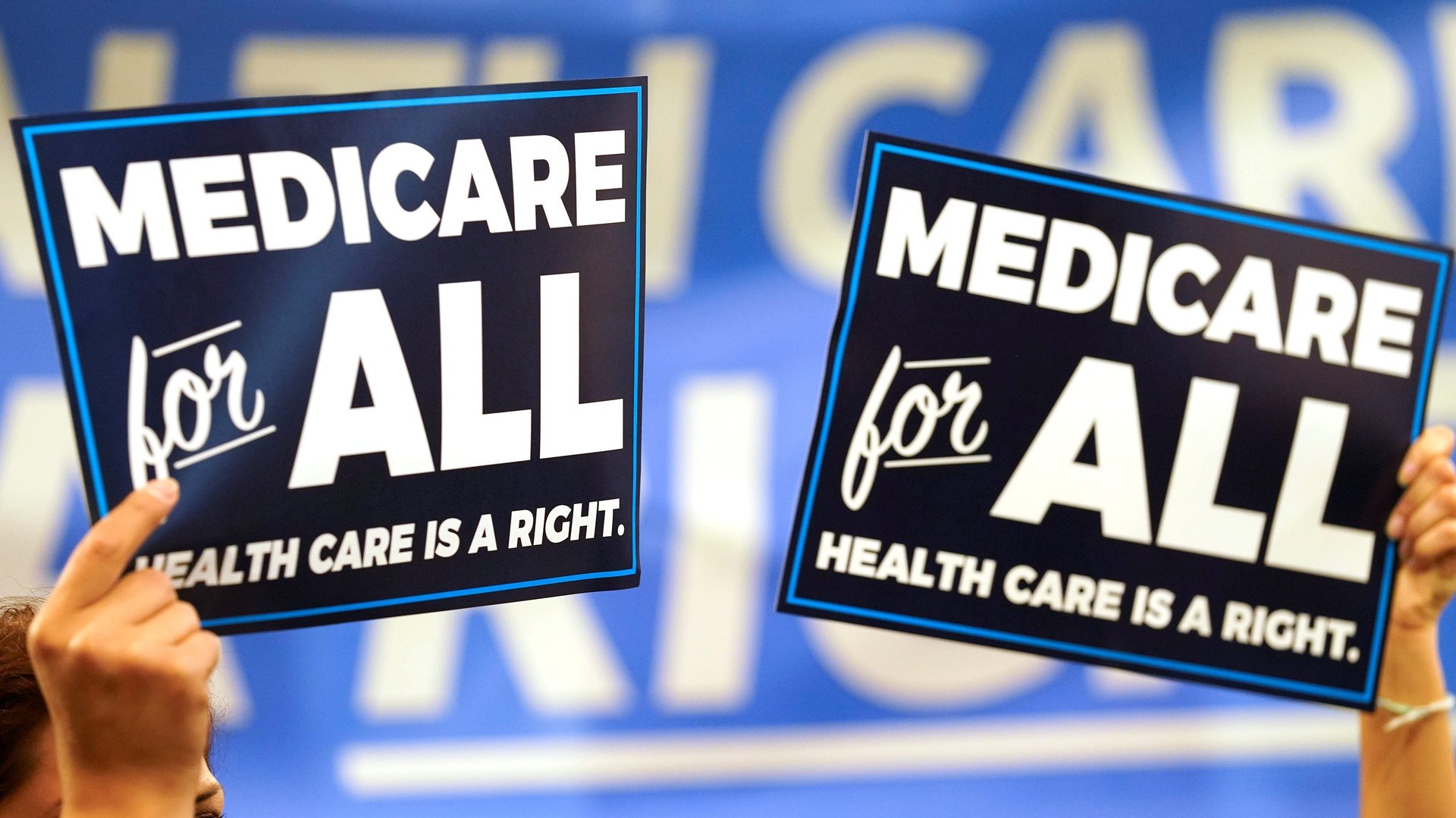Nearly half of Americans are now on public healthcare
Medicaid enrollment is at an all-time high after millions of Americans who lost their jobs during the pandemic or faced financial hardship turned to government-sponsored healthcare coverage.


Medicaid enrollment is at an all-time high after millions of Americans who lost their jobs during the pandemic or faced financial hardship turned to government-sponsored healthcare coverage.
The data, released last week by the Centers of Medicare and Medicaid Services, is striking. In January 2020, 71.3 million Americans were enrolled in Medicaid—the government insurance program for low-income people—and the Child Health Insurance Program (CHIP), which provides public insurance to children; a year later, in January 2021, the programs counted 80.5 million enrolled individuals. This changes the landscape of healthcare coverage in the US quite a bit: Americans used to be largely covered by commercial health insurance plans; that’s no longer the case.
People on Medicaid and CHIP are the largest group receiving coverage through the government, but they are not the only ones. About 62 million seniors and disabled people are covered by Medicare, the single largest insurance provider in the country, and 19 million through military healthcare programs (TRICARE and the Veteran Health Administration‘s program). Altogether 161 million Americans are receiving healthcare through the government—nearly half the US population (331 million).
That’s nearly the same number of people as those who are getting commercial health insurance through their employer. In 2019, there were 179 million people in that situation, according to the latest available data. During Covid-19, this number likely went down, due to high rates of layoffs: In 2020, some 27 million Americans lost employer-sponsored coverage according to a Kaiser Family Foundation estimate. Other estimates are higher, suggesting as many as one in six Americans might still be without the employer coverage they lost during the pandemic.
A smaller number of people—42 million—had purchased insurance independently in 2019. Some 8.5 million of them did so through the Affordable Care Act marketplace, compared to more than 11 million this year.
About 30 million Americans remain uninsured.
Things look very different from pre-pandemic times, when two-thirds of the insured population was covered by commercial insurance.